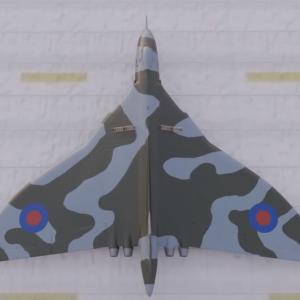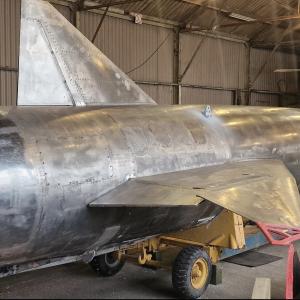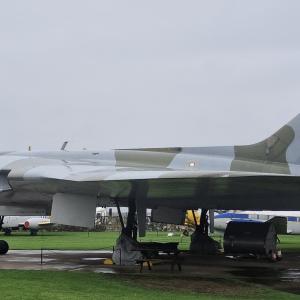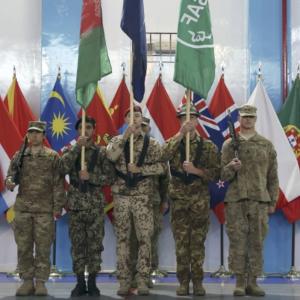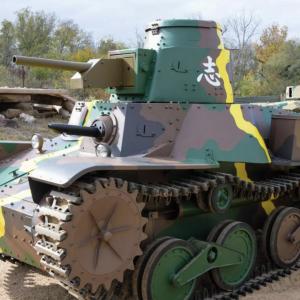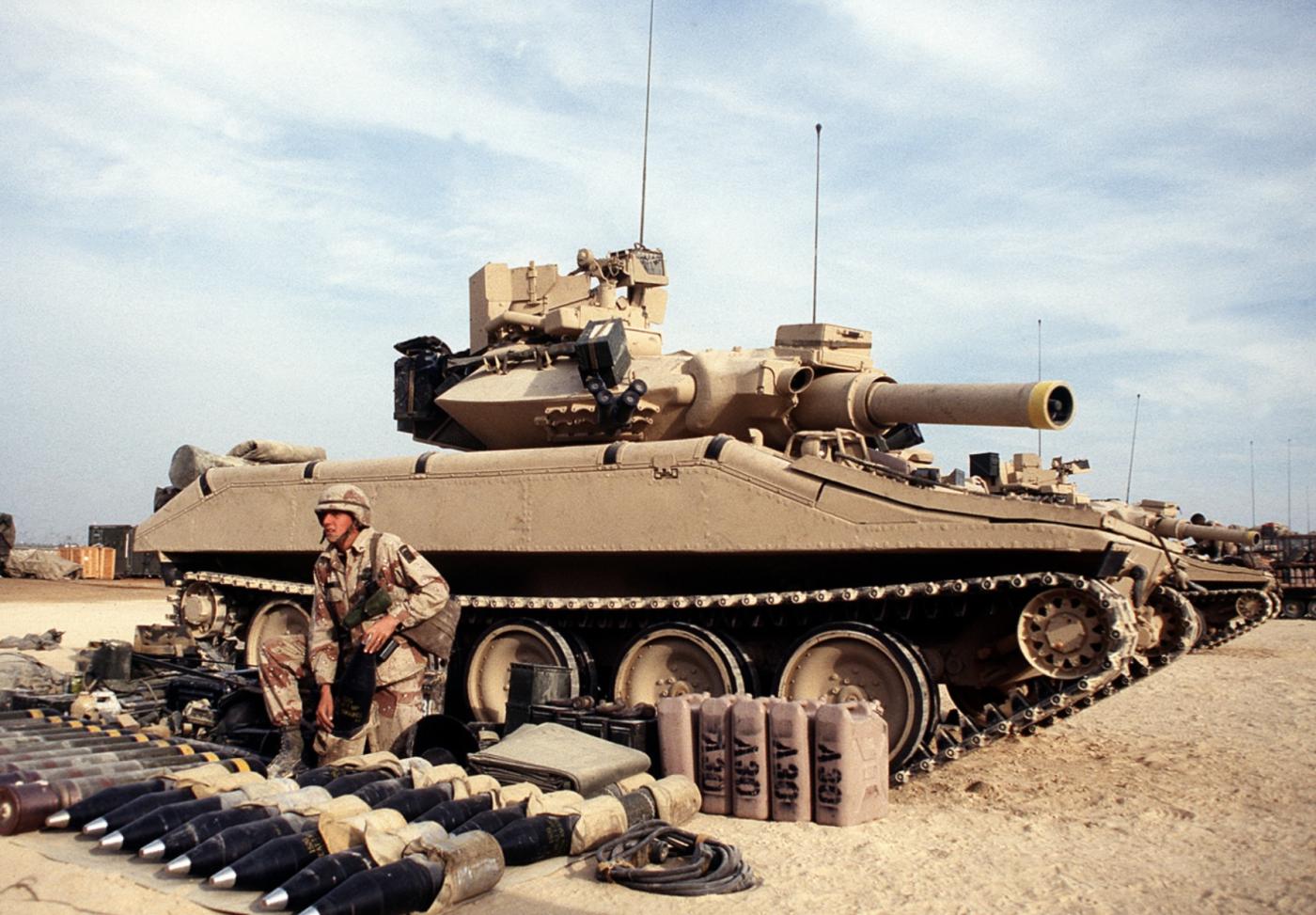
M551 Sheridan
The M551 was a light, air-deployable armored vehicle developed by the United States during the Cold War to support airborne and reconnaissance units with mobile firepower. Introduced in 1967 and named after Civil War General Philip Sheridan, it was intended to bridge the gap between heavy tanks and lightly armed infantry support vehicles. Built for rapid deployment by parachute or transport aircraft, it featured a lightweight aluminum hull and a highly unconventional weapons system, setting it apart from other armored platforms of its time.
In the post–World War II era, the Army sought a vehicle that could be dropped behind enemy lines and still deliver substantial combat capability. The M41 Walker Bulldog, though powerful, was too heavy for air-drop operations, while lighter platforms like the M56 Scorpion lacked protection. Developed by General Motors’ Cadillac Division, the M551 was designed to be transportable by C-130 or C-141 aircraft and deliver fire support in environments where traditional tanks couldn’t be used. This required a bold design centered on mobility and firepower, even at the cost of armor protection.
Its main feature was the M81E1 152mm gun/launcher, a combination cannon and missile system. It could fire both conventional high-explosive and anti-tank shells, as well as the MGM-51 Shillelagh guided missile. The concept was ambitious—enabling a single light vehicle to tackle both infantry and enemy armor—but it faced many challenges. The low-velocity rounds made targeting difficult, and the missile system’s electronics were prone to failure in field conditions. Maintenance was complex, and crews often found the launcher system unreliable in combat, relying instead on conventional shells despite their limitations.
With a weight of around fifteen tons and a compact hull, the vehicle was well suited for airborne operations. It used a 300-horsepower Detroit Diesel engine, achieving speeds up to 45 miles per hour and a range of 350 miles. A hydropneumatic suspension allowed for adjustable ride height, useful both in transport and rough terrain. Amphibious with some preparation, it could cross rivers and marshes under its own power. However, its aluminum armor provided limited protection. It was vulnerable to mines, anti-tank weapons, and small-arms fire in many battlefield situations, especially during prolonged engagements.
Combat deployment began in Vietnam in 1969, where the vehicle was used primarily in support of infantry in difficult terrain. While it provided effective firepower against bunkers and fortified positions, it suffered from its thin armor and mechanical fragility. Mine strikes and ambushes frequently damaged key components, and field maintenance was difficult. Nonetheless, the vehicle’s fire support capabilities proved valuable to airborne units lacking heavier armor. It filled a gap in mobile firepower during jungle operations, despite its flaws.
During the 1970s and 1980s, it remained in service with U.S. forces in Europe, mostly in reconnaissance roles or with airborne divisions. While unsuited for direct tank battles against heavily armored opponents, it maintained relevance in specific tactical situations. In 1989, during the invasion of Panama, it was deployed by the 82nd Airborne Division to provide fire support during urban fighting. Despite its age, the vehicle proved useful in neutralizing strongpoints and supporting infantry movements in dense urban terrain.
The platform saw limited use during the Gulf War in 1991. Units equipped with it did not engage in armored combat but performed reconnaissance and presence operations. Its visual similarity to main battle tanks and loud firing signature gave it psychological value, but by then, the design was considered obsolete. It was officially retired from regular Army service in 1996, though some units continued as training vehicles for years afterward.
Although it never met expectations as a fully capable light tank, the M551 represented an important chapter in the evolution of mobile armored warfare. It highlighted the technical and operational challenges of combining air mobility with heavy firepower in a single platform. Its innovative missile-launching main gun and amphibious capabilities were ahead of their time but ultimately limited by the technology available. While no direct replacement emerged for many years, the lessons learned from its development and deployment informed future light armored vehicle designs and helped refine the Army’s doctrine for air-mobile operations.

